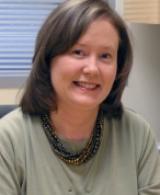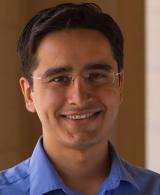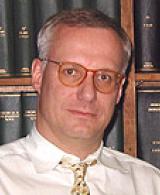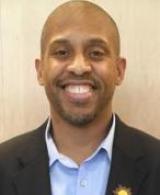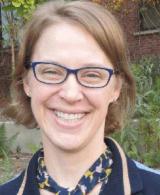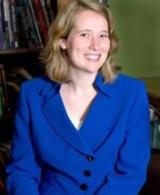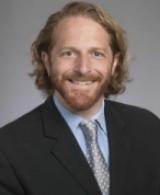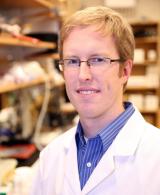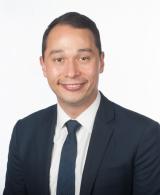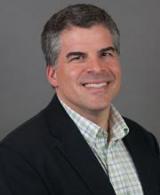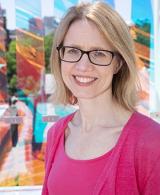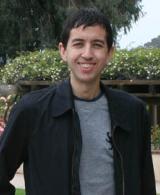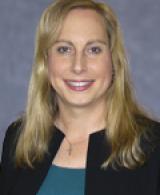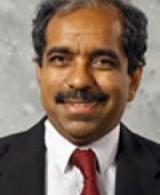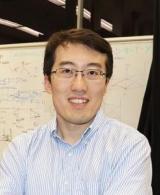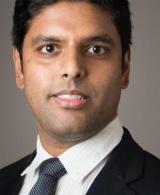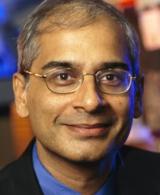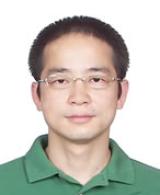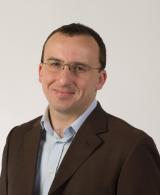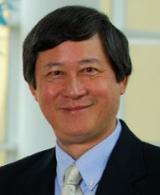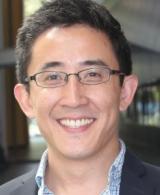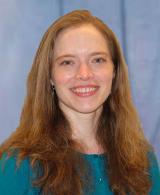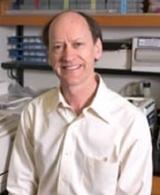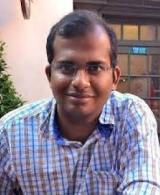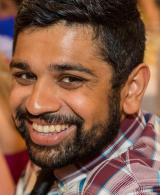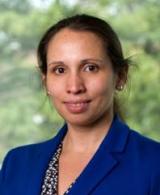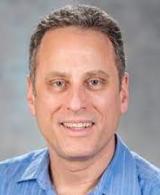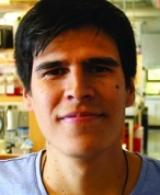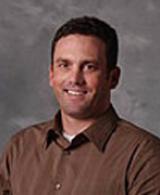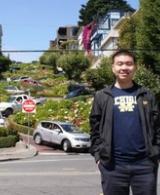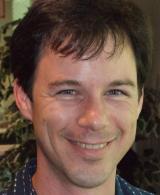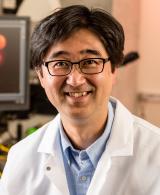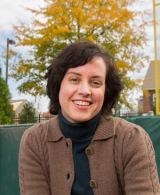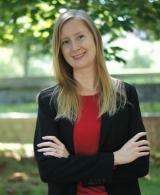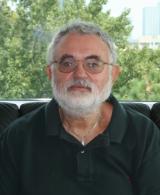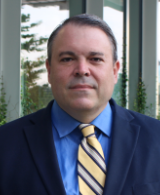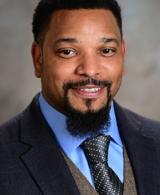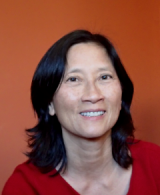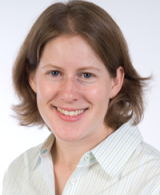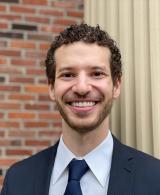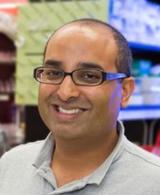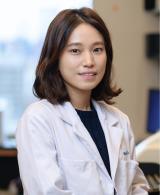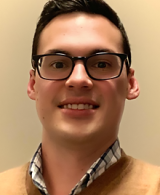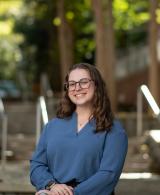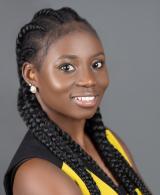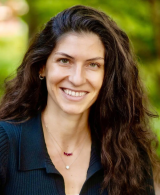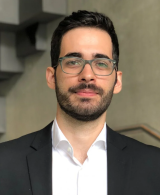A biomaterial is any material, natural or man-made, that is made compatible with living tissues and performs, aids, or replaces a natural function and is used and adapted for a medical application. Biomaterials may have a benign function, such as being used for a heart valve, or may be bioactive with a more interactive functionality such as scaffolds for cell delivery and engraftment and a delivery vehicle for controlled delivery of biotherapeutics.
Biomaterials
Associate Professor
Host responses to combination products, biomaterial interactions with dendritic cells, tissue engineering for rheumatoid arthritis, targeted DNA vaccine delivery, and biomaterial-applied immunology.
Assistant Professor
Professor
Development of novel biocatalysts Investigation and enhancement of protein stability Data-driven protein engineering
Professor
Tissue engineering and biomaterials, microvascular growth and remodeling, stem cell engineering The Botchwey Laboratory takes a multidisciplinary approach for improvement of tissue engineering therapies through study of microvascular remodeling, inflammation resolution and host stem cells. Our goal is development of effective new strategies to repair, replace, preserve or enhance tissue or organ function.
Professor
Developing therapeutic protein materials, where the protein is both the drug and the delivery system Engineering proteins to control and understand protein particle self-assembly Repurposing and engineering pathogenic proteins for human therapeutics Creating materials that mimic cell-cell interactions to modulate immunological functions for various applications, including inflammation, cancer, autoimmune disease, and vaccination
Associate Professor
Cell biophysics. Cell mechanics of adhesion, migration and dynamics. Immunophysics and immunoengineering. Hyaluronan glycobiology. Hyaluronan synthase. Physics of tissues. The Curtis lab is primarily focused on the physics of cell-cell and cell-extracellular matrix interactions, in particular within the context of glycobiology and immunobiology. Our newest projects focus on questions of collective and single cell migration in vitro and in vivo; immunophage therapy "an immunoengineering approach - that uses combined defense of immune cells plus viruses (phage) to overcome bacterial infections"; and the study of the molecular biophysics and biomaterials applications of the incredible enzyme, hyaluronan synthase. A few common scientific themes emerge frequently in our projects: biophysics at interfaces, the use of quantitative modeling, collective interactions of cells and/or molecules, cell mechanics, cell motility and adhesion, and in many cases, the role of bulky sugars in facilitating cell integration and rearrangements in tissues.
Assistant Professor
In the Dahlman Lab, we focus on the interface between nanotechology, molecular biology, and genomics. We design drug delivery vehicles that target RNA and other nucleic acids to cells in the body. We have delivered RNAs to endothelial cells, and have treated heart disease, cancer, inflammation, pulmonary hypertension, emphysema, and even vein graft disease. Because we can deliver RNAs to blood vessels at low doses, sometimes we decide to deliver multiple therapeutic RNAs to the same cell at once. These 'multigene therapies' have been used to treat heart disease and cancer. Why is this important? Most diseases are caused by combinations of genes, not a single gene. We also rationally design the nucleic acids we want to deliver. For example, we re-engineered the Cas9 sgRNA to turn on genes, instead of turning them off. This enabled us to easily turn on gene A and turn off gene B in the same cell.
Professor
Associate Professor
Our laboratory focuses on various aspects of cardiac regeneration and preservation using molecular-based and biomaterials-based approaches to restoring function after cardiac injury
Professor
Bioengineering: lymphatics, lipid metabolism, biomechanics, biomedical optics, image processing, and tissue engineering.
Assistant Professor of Biomedical Engineering, Assistant Professor of Pediatrics
The Dreaden Lab uses molecular engineering to impart augmented, amplified, or non-natural function to tumor therapies and immunotherapies. The overall goal of our research is to engineer molecular and nanoscale tools that can (i) improve our understanding of fundamental tumor biology and (ii) simultaneously serve as cancer therapies that are more tissue-exclusive and patient-personalized. The lab is housed on the Emory SOM campus and currently focuses on three main application areas: optically-triggered immunotherapies, combination therapies for pediatric cancers, and nanoscale cancer vaccines. Our work aims to translate these technologies into the clinic and beyond.
Executive Director, Parker H. Petit Institute for Bioengineering and Bioscience, Regents' Professor, George W. Woodruff School of Mechanical Engineering
Biomolecular, cellular, and tissue engineering strategies to direct cell function for biomaterial and regenerative medicine applications.
Professor
Discrete atoms and molecules interact to form macromolecules and even larger mesoscale assemblies, ultimately yielding macroscopic structures and properties. A quantitative relationship between the nanoscale discrete interactions and the macroscale properties is required to design, optimize, and control such systems; yet in many applications, predictive models do not exist or are computationally intractable. The Grover group is dedicated to the development of tractable and practical approaches for the engineering of macroscale behavior via explicit consideration of molecular and atomic scale interactions. We focus on applications involving the kinetics of self-assembly, specific those in which methods from non-equilibrium statistical mechanics do not provide closed form solutions. General approaches employed include stochastic modeling, model reduction, machine learning, experimental design, robust parameter design, estimation, and optimal control.
Associate Professor
Computational simulations of complex biophysical phenomena involving proteins and other biomolecules.
Professor,
Analog-Digital Signal Processing / Mixed Signal integrated circuits (Systems on a chip) Scaling of deep submicron devices Floating-gate devices, circuits, and systems The use of floating-gate MOS transistors to build "smart" interfaces for MEMS sensors Low power electronics Analog VLSI models of on on-chip learning and Sensory processing in Neurobiology
Professor,
Dr. Jacob's research is directed at stress induced phase changes, nanoscale characterization of materials, synthesis of polymeric nanofibers, mechanical behavior of fiber assemblies (particularly related to biological systems and biomimitic systems), nanoparticle reinforced composites, transdermal drug delivery systems, large scale deformation of rubbery (networked) polymers, and nanoscale fracture of materials. The objectives in this work, using theoretical, computational and experimental techniques, is to understand the effect of micro- and nano- structures in the behavior of materials in order to try to design the micro/nano structures for specific materials response.
Associate Professor
Systems Biophotonics, Imaging Technology, Intelligent Materials, Optical AI
Director of Translational Clinical Informatics
Assistant Professor
Professor
Polyvalency and Biotherapeutics Nanobiotechnology Optogenetics Professor Kane’s group conducts research at the interface of biotechnology and nanotechnology. The group is designing nanoscale polyvalent therapeutics and working on the molecular engineering of biosurfaces and nanostructures.
Assistant Professor
Molecular engineering, nucleic acid self-assembly, nanomaterials, nanomedicne, and targeted imaging and delivery.
Professor
Our laboratory focuses on the smallest organisms on the planet, the bacteria and the archaea, which represent the largest reservoir of biodiversity on Earth, drive the life-sustaining biogeochemical cycles, and cause or control diseases in humans, animals, and plants. Our scientific interests are at the interface of microbial ecology with engineering and computational biology. The long-term goals of our research is to broaden understanding of the genetic and metabolic diversity of the microorganisms and to explore this biodiversity for biotechnological applications.
Regents' Professor
Bioengineering, fluid mechanics, biofluid mechanics, medical devices, medical implants, translational technology, and entrepreneurship.
Professor
Cancer and DNA nanotechnology, engineering immunity, noninvasive diagnostics, nanomedicine, biomedical micro- and nanosystems, high throughput technologies. My research program is conducted at the interface of the life sciences, medicine and engineering where a central focus is understanding how to harness the sophisticated defense mechanisms of immune cells to eradicate disease and provide protective immunity. To aid in our studies, we use high-throughput technologies such as next-generation sequencing and quantitative mass spectrometry, and pioneer the development of micro- and nanotechnologies in order to achieve our goals. We focus on clinical problems in cancer, infectious diseases and autoimmunity, and ultimately strive to translate key findings into therapies for patients.
Associate Professor
Bio-inspired colloidal assembly for multifunctional drug delivery vehicles and colloidal-based sensing.
Professor
Mechanisms of motor coordination: role of sensory feedback for posture and locomotion, musculoskeletal biomechanics
Associate Professor of surgery & BME
Assistant Professor
Regents' Professor
Drug, gene and vaccine delivery; transdermal delivery; ocular delivery; intracellular delivery; microneedles; microfabricated devices; ultrasound
Assistant Professor
Associate Professor ,
Cognition and Brain Science
Assistant Professor
Professor
Bioengineering and Microelectromechanical Systems: Atomic force microscopy, pathogen adhesion and endocytosis, cell biomechanics, single molecule biophysics, drug delivery and targeting, cell membrane mimetics, and biosensors.
Professor
The MNM Biotech Lab uses engineering expertise to assist life scientists in the study, diagnosis, and treatment of human disease. By developing better models of the body, we help advance drug discovery, increase understanding of the mechanisms of disease, and develop clinical treatments.
Carol Ann and David D. Flanagan Professor
Development of novel polymeric biomaterials, regeneration of tendon/ligament, and protein delivery for orthopaedic tissue engineering.
Professor
Incorporating mechanics with cellular engineering, biochemistry, biomaterials, and immunology to 1) elucidate how physical forces regulate seemingly unrelated aspects of cancer such as metastasis and immune suppression as well as 2) develop novel immunotherapeutics to treat cancer.
Regents' Professor
Biomaterials and bioinspired materials, bionanocomposites, hybrid nanomaterials, optically active materials, photonic materials, responsive materials, and sensors.
Hightower Professor, School of Materials Science and Engineering, Executive Director, Institute for Materials
Professor
His research group focuses on establishing an integrated experimental and computational framework to translate our understanding of the fundamental principles of biophysics and biochemistry (i.e., the physicochemical properties that confer function) into useful processes, devices, therapies, and diagnostics that will benefit society.
Professor
Focused on the study of aquatic chemical ecology, Dr. Jeannette Yen’s lab employs graduate and undergraduate students alike in the pursuit of understanding marine zooplankton interaction, behavior, morphology, ecology and reproductive strategies. Current research topics range from the study of harmful algal blooms effect on marine copepod behavior to understanding the swimming behavior and hydrodynamics.
Associate Professor
Nanoparticle-cell interactions Conducting polymer-cell interactions Fluorescence microscopy and live cell imaging
Assistant Professor
Associate Professor
Assistant Professor
Assistant Professor
Assistant Professor
Assistant Professor
Biomaterials, Systems Biology

